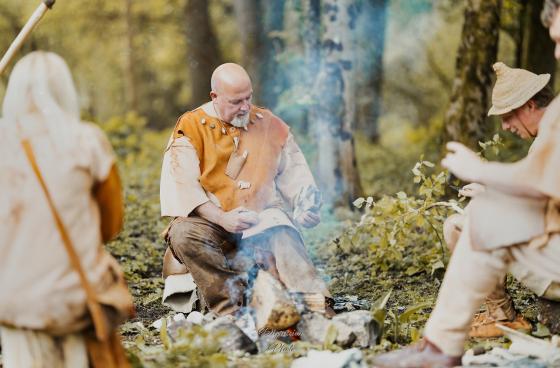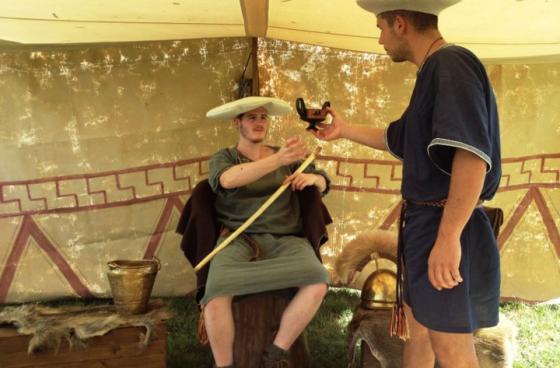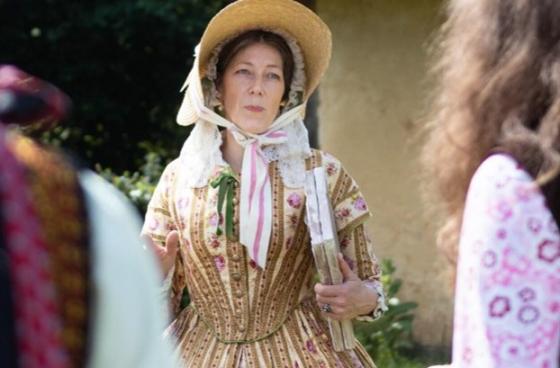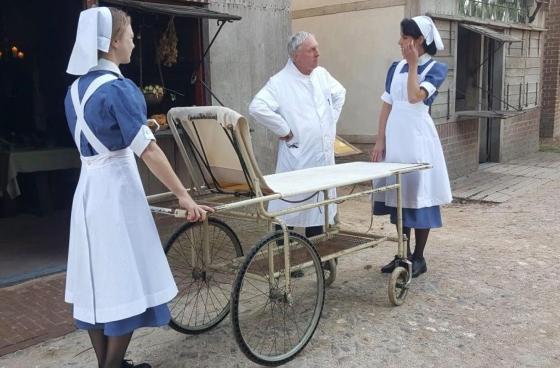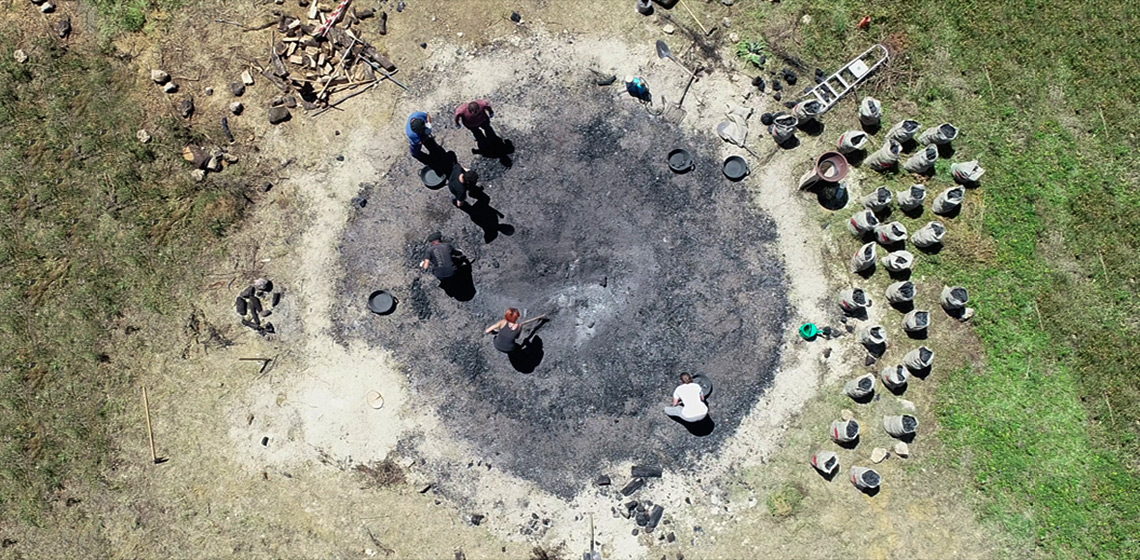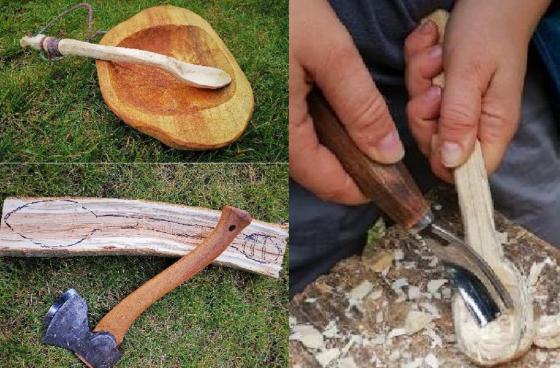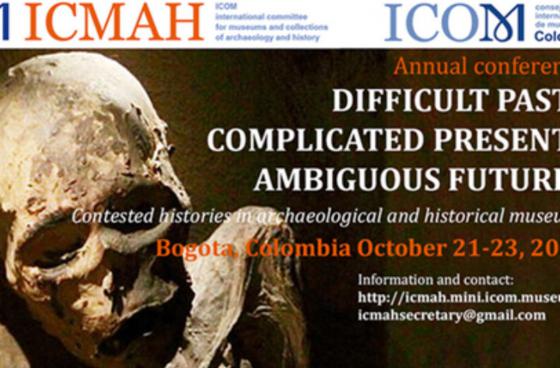Neolithic
Prehistoric Feast
Country
- France
Flint cutting, cooking, ceramic, metal and wood crafts, development of weaving...
The program of prehistoric festivals is part of a process of archaeological experimentation and allows you to glimpse the daily life of prehistoric men.
Jack and Matrix in the Livelet
Country
- Italy
From 10.00 to 18.00 as usual it will be possible to visit the stilt
Fashion in the Time of Stilts
Country
- Italy
What did our ancestors wear between 6000 and 3000 years ago? Did they also love taking care of their appearance with hairstyles, make-up and jewelry? Come and find out at Livelet and put yourself in the shoes of a stilts stylist. You will
Living History Day at the Parco Livelet
Country
- Italy
Travel through time and visit a Neolithic village and an Iron Age camp
Historical Food Fest old
Country
- the Netherlands
Historical Foodfest, taste the past
Hungry! Your own vegetable garden, fermenting, smoking, brewing and cooking - it's totally hip again. Many of those techniques have a long history.
Beauty and Fashion through the Ages
Country
- the Netherlands
Beauty & Fashion through the ages is the annual weekend in the pre-Historic Village about the history of clothing and beauty. In 2022 it will take place on 23 & 24 July: that promises a summer weekend full of splendor!
Health Weekend
Country
- the Netherlands
Health and beauty are inextricably linked. People have known that as long as they exist. During this weekend, Museum Park Archeon will show how people, from prehistoric times to the 21st century, deal with the care and well-being of their bodies.
Mining at Pozarrate: Applying Experimental Approaches to Understand the Neolithic Extraction of Flint in the Sierra de Araico (Treviño, Spain)
***The aim of this paper is to introduce the scientific works performed in the Sierra de Araico Neolithic Mining Complex, mainly located in the Treviño enclave of Spain. Archaeological works were focused on the Pozarrate quarry, dated to the Neolithic period (6000-5600 BP). This site is unique since it has been used recently to...
Carving a Wooden Spoon
Country
- Austria
Course objective: Each participant carves a wooden spoon and a plate with simple hand tools such as an ax, carving knife and gouges.
ICMAH 2020
Country
- Colombia
In the last few years, ICOM and its members have reflected upon the following difficult issues. In 2017 the subject for the international museum day was Contested histories: Saying the unspeakable in museums, and this year it is going to be Museums for equality: Diversity and Inclusion.

